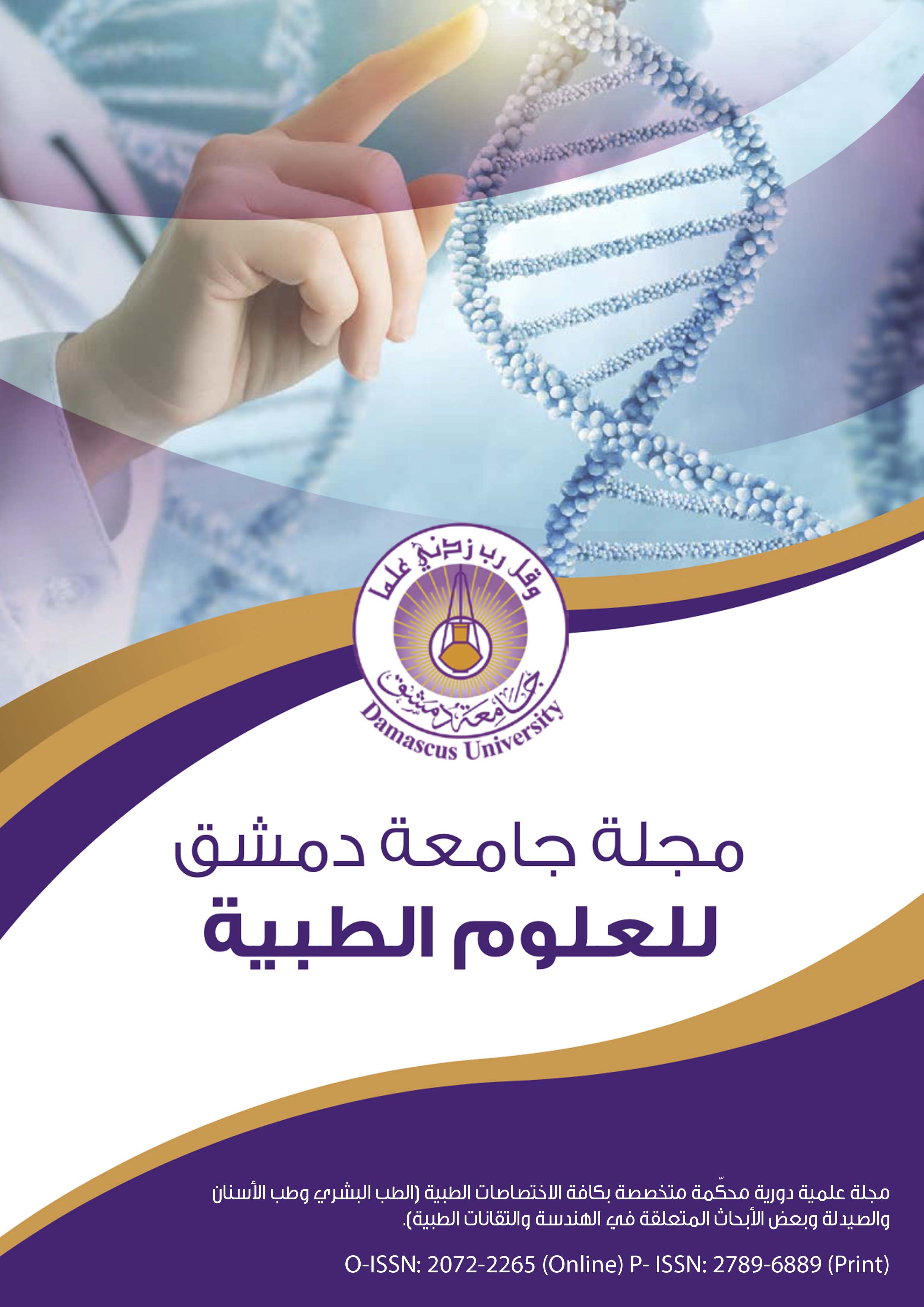Renal injury characteristics and management in traumatic patients at Almouwasat University Hospital
Keywords:
Renal Trauma, Hematuria , Nephrectomy, Conservative ManagementAbstract
Introduction:
The kidney is the urinary organ most commonly affected in abdominal trauma, and is usually part of a multiple traumatic injury. Its causes vary from blunt trauma to penetrating. The most widely used radiographic study when kidney trauma is suspected is the CT-enhanced by contrast injection. Most cases are managed conservatively, usually non-surgically.
Objectives:
Analysis of the mechanism of injury, clinical characteristics of renal trauma patients, their management, outcomes and complications.
Patients and Methods:
Between 1/1/2017 and 30/12/2021, 136 patients with renal trauma were reviewed in a retrospective study in Almouwasat University Hospital .
Results:
The number of patients was 136 patients, the peak incidence was between 20-30 years, most of them were males (83.8%). Mostly due to blunt trauma (80.1%), the most common degree of renal injury was grade 4 (32.4%). (10.3%) of patients were hemodynamically unstable and (10.3%) of patients did not have hematuria. (35.3%) of the patientsهي were managed conservatively. Nephrectomy was performed in (20.6%) of the patients. The mortality rate in our study was (6.6%) of the study patients.
Conclusion:
The majority of renal trauma cases are dynamically stable and can be managed conservatively (non-surgically). The presence of other important organs injuries inside and outside the abdomen leads to a worse prognosis.

